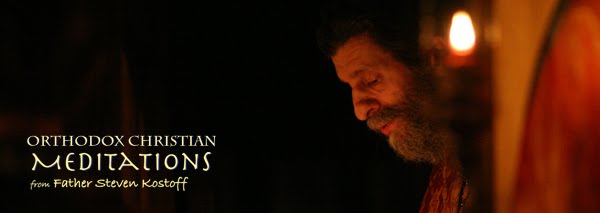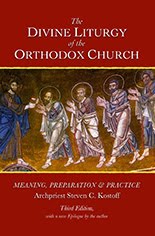
Dear Parish Faithful,
Through a tree we once found death, but now we find life again through the Tree of the Cross. Let us then put to death the impulses of the passions; and with all the faithful let us pray to the Benefactor of all: that, shining with the radiance of divine actions and made beautiful by the virtues, we may attain the holy Resurrection and glorify the Savior of our souls. (Vespers of the Fifth Week of the Fast)
Another reminder that this evening (Thursday, March 29) we return to the Canon of St. Andrew of Crete. We chanted the canon at the beginning of Great Lent in four parts. On the fifth Thursday of Lent the entire canon is prescribed to be chanted. Together with the Canon, the Life of St. Mary of Egypt is read aloud in its entirety in the church. Combining the two on the parish level, we will chant an edited version of the Canon (the fourth part) and read the Life of St. Mary of Egypt. We have been doing this for about four years now. Why do we return to the Canon so late into Great Lent? A very insightful answer is provided by Fr. Alexander Schmemann in his book Great Lent:
If at the beginning of Lent this Canon was like a door leading us into repentance, now at the end of Lent it sounds like a “summary” of repentance and its fulfillment. If at the beginning we merely listened to it, now hopefully its words have become our words, our lamentation, our hope and repentance, and also an evaluation of our Lenten effort: how much of all this has truly been made ours? How far have we come along the path of this repentance? For all that which concerns us is coming to its end. From now on we are following the disciples “as they were on the road going up to Jerusalem, and Jesus was walking on ahead of them” (MK 10:32).(Great Lent, p. 89)
The Life of St. Mary of Egypt is quite remarkable, deeply stirring, and a verbal icon of repentance that can bring an attentive listener to tears – which I have heard and witnessed many times. It is also beautifully written, with a direct style, constant biblical allusions, and a use of literary rhetoric that is quite eloquent and moving. However, according to Panayiotis Nellas, “her life does not have as its aim simply to move the faithful.” Nellas continues:
It plays in the service an organic part which is at once deeper and more real. The Orthodox faithful know very well that the feast day of a saint is not a simple honoring of a holy person or a recollection of her life for didactic reasons. Rather, it is a real participation in her life, her struggles, her victory and her glory. The reading of her life takes place in order to bring the saint amongst us in a true and real manner with her whole life and all her struggles.(Deification in Christ, p.166)
Manifold reasons above for keeping this evening’s service in mind – and attending – spirit, soul and body.
The service will be begin at 7:00 p.m.







